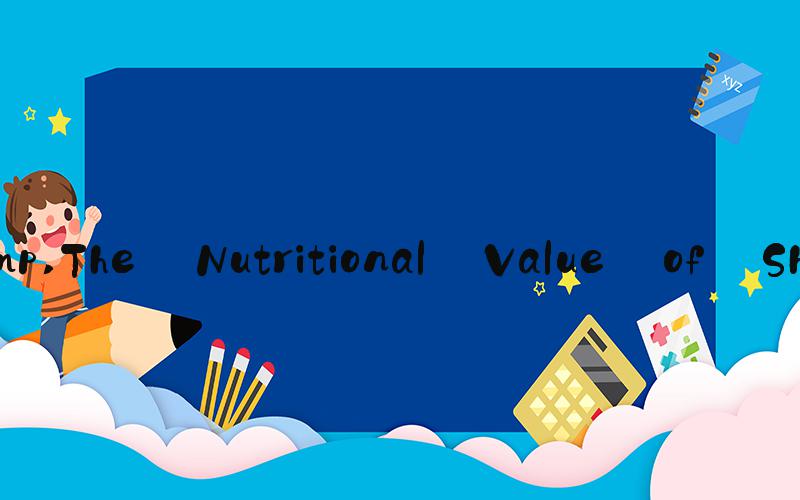AI答案
 Shrimp: A Delightful Seafood Option
Shrimp: A Delightful Seafood OptionShrimp is a popular seafood option among food lovers around the world. These tiny crustaceans are known for their sweet taste, versatile cooking options, and impressive nutritional value. Shrimp is also a sustainable seafood option that can be enjoyed guilt-free.
The Nutritional Value of ShrimpShrimp is low in calories but high in protein, making it an excellent choice for people looking to lose weight or build muscle. One serving of shrimp has approximately 20 grams of protein. Shrimp is also a good source of vitamin D, iron, zinc, and omega-3 fatty acids.
However, it is essential to note that shrimp has a high cholesterol content. If you have high cholesterol levels, you may want to limit your intake of shrimp or opt for another seafood option.
Cooking with ShrimpShrimp is incredibly versatile and can be cooked in many ways. Here are a few popular cooking methods:
Grilled Shrimp: Skewer the shrimp and grill them for 2-3 minutes on each side. Brush with olive oil and sprinkle with salt and black pepper.
Sauteed Shrimp: Heat a tablespoon of butter in a pan, add minced garlic and cook for 1-2 minutes. Add the shrimp and cook for 3-4 minutes on each side. Add salt and red pepper flakes to taste.
Fried Shrimp: Coat the shrimp in a mixture of flour, salt, and black pepper. Fry in hot oil for 2-3 minutes or until golden brown.
Shrimp in Different CuisinesShrimp is a staple in many cuisines around the world. Here are a few examples:
Thai Shrimp Curry: This creamy curry is made with coconut milk, shrimp, red curry paste, and spices like cumin and coriander.
Cajun Shrimp: This spicy dish is made with shrimp, cajun seasoning, garlic, and butter. It is typically served with rice or pasta.
Shrimp Scampi: This Italian-American dish is made with shrimp, garlic, lemon juice, and butter. It is typically served over pasta.
Shrimp Farming and SustainabilityShrimp farming has been criticized for its impact on the environment. Farmed shrimp require a lot of resources like water, feed, and fuel, and they produce a significant amount of waste. Some shrimp farms also use antibiotics and pesticides, which can harm the environment and human health.
However, there are sustainable shrimp farming practices that are less harmful to the environment. For example, some farms use recirculating systems that recycle water and reduce waste. Others use feed that is free from antibiotics and genetically modified organisms (GMOs).
ConclusionShrimp is a delicious and nutritious seafood option that can be enjoyed in many ways. Whether you prefer it grilled, sauteed, or fried, shrimp is a versatile ingredient that can be used in many cuisines. By choosing sustainable shrimp options, you can enjoy this delightful seafood guilt-free while doing your part for the environment.
